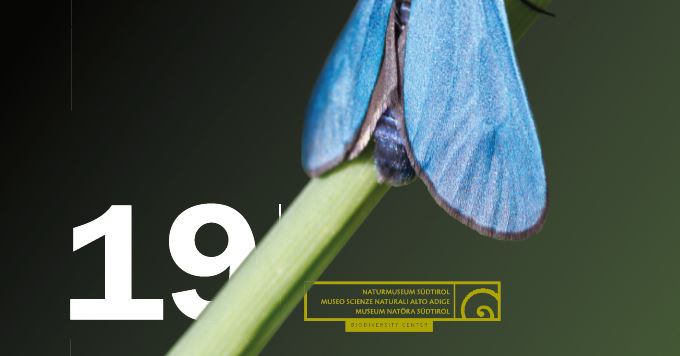Abstract
In the Central Alps the treeline is formed by the European larch (Larix decidua Mill.) and the Swiss pine (Pinus cembra L.), shaping the alpine plant community Larici-Cembretum. Currently, alpine pastures, which are increasingly abandoned in the European Alps, are colonised, after a phase of shrub encroachment, by the European larch, while a Swiss pine forest will establish once the undergrowth becomes too dense for larch trees. Former studies on tree growth rates indicate that the European larch will react positively to increasing temperatures at the treeline and will grow faster in the future.
The Swiss pine has in general slower growth rates and will likely be less affected by higher temperatures. Thus, there might be a change from Swiss pine to European larch forests at the tree line.
This change in the dominating tree species might have profound impacts on the soil macro-invertebrate community, particularly due to differing chemical and physical compositions of larch and pine needle litter. To investigate potential effects of this change, we took soil core and litter samples and further installed pitfall traps in pure European larch and Swiss pine forests, as well as in mixed forests.
We found no explicit differences in species composition between forests, presumably due to highly variable site and environmental parameters between and within forest types. The larch forests showed the highest number of taxa in general and the highest number of taxa found exclusively in this habitat. The pine forests were inhabited by the highest number of characteristic taxa while mixed forests harboured the most stable and consistent soil macro-invertebrate community.

